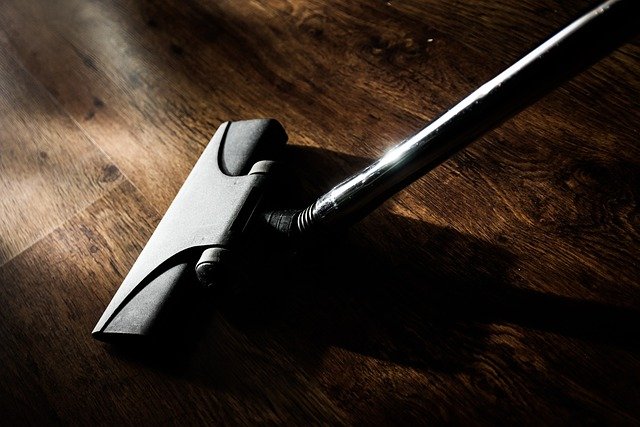Understanding Sleep Apnea: Signs, Risks, and Treatment Options
Sleep apnea is a potentially serious sleep disorder characterized by repeated interruptions in breathing during sleep. These pauses, which can last from a few seconds to minutes, may occur 30 times or more per hour. The condition not only disrupts restful sleep but can lead to various health complications if left untreated. As awareness grows about the importance of quality sleep for overall health, understanding sleep apnea—its symptoms, risk factors, and treatment options—becomes increasingly important for those experiencing sleep difficulties.

Common Signs and Symptoms of Sleep Apnea
Sleep apnea often goes undiagnosed because many of its symptoms occur during sleep when individuals aren’t aware of them. However, certain signs can indicate the presence of this sleep disorder. Loud, chronic snoring is one of the most common symptoms, although not everyone who snores has sleep apnea. Other significant indicators include witnessed breathing pauses during sleep, gasping or choking upon awakening, morning headaches, excessive daytime sleepiness, difficulty concentrating, irritability, and dry mouth or sore throat upon waking. People with sleep apnea may also experience insomnia or restless sleep, waking up frequently throughout the night.
Beyond these immediate symptoms, untreated sleep apnea can manifest in more subtle ways, such as decreased libido, memory problems, and mood changes. Many people find their work performance and quality of life significantly affected as the chronic sleep fragmentation takes its toll on physical and mental functions. If you experience multiple symptoms, particularly loud snoring accompanied by breathing pauses or excessive daytime fatigue, it’s worth discussing these issues with a healthcare provider.
Risk Factors That May Increase the Likelihood of Sleep Apnea
Several factors can predispose individuals to develop sleep apnea. Excess weight is one of the most significant risk factors, as fat deposits around the upper airway can obstruct breathing. However, sleep apnea can affect people of all body types, including those with normal weight. Anatomical factors also play a role—having a large neck circumference, a narrow throat, enlarged tonsils or adenoids, or a family history of sleep apnea increases risk.
Age is another important factor, with sleep apnea becoming more common in older adults. Men have a higher risk than women, though women’s risk increases after menopause. Certain lifestyle choices like smoking and alcohol consumption can worsen sleep apnea by relaxing throat muscles and increasing inflammation. Medical conditions including hypertension, type 2 diabetes, nasal congestion, and heart disorders are also associated with higher sleep apnea rates.
Genetic factors and ethnicity may contribute as well, with some research suggesting higher prevalence in certain populations. Understanding these risk factors is crucial for early identification and intervention, especially for those with multiple risk indicators.
Lifestyle Adjustments People Explore to Support Better Sleep
Many individuals with sleep apnea or those at risk can benefit from specific lifestyle modifications. Weight management stands at the forefront of these adjustments, as even modest weight loss can reduce fatty tissue around the airway and improve symptoms. Regular exercise not only aids weight management but can strengthen respiratory muscles and improve sleep quality independently.
Sleep position matters significantly for many sufferers. Side sleeping instead of back sleeping can prevent the tongue and soft tissues from collapsing into the airway. Some people use special pillows or position therapy devices to maintain optimal sleeping positions throughout the night. Avoiding alcohol, sedatives, and smoking, especially before bedtime, can also help prevent airway relaxation and inflammation that worsens apnea episodes.
Establishing consistent sleep schedules and practicing good sleep hygiene contribute to better overall sleep quality. This includes creating a comfortable sleep environment, limiting screen time before bed, and managing stress through relaxation techniques. For some individuals, treating nasal congestion with saline sprays, nasal strips, or allergy medications may provide additional relief by improving airflow.
Overview of Medical and Professional Evaluation Options
Professional evaluation is crucial for proper diagnosis and treatment of sleep apnea. The diagnostic process typically begins with a comprehensive sleep history and physical examination. Your doctor may ask about symptoms, sleep habits, medical history, and may examine your nose, mouth, throat, and neck for factors that might complicate airflow.
The gold standard for diagnosing sleep apnea is a sleep study (polysomnography), which can be performed either in a specialized sleep laboratory or, increasingly, at home with portable monitoring devices. These studies measure various parameters including oxygen levels, heart rate, breathing patterns, and brain activity during sleep. The results help determine the presence and severity of sleep apnea.
Based on the diagnosis, healthcare providers can recommend appropriate treatment options. These range from lifestyle modifications for mild cases to continuous positive airway pressure (CPAP) therapy, which remains the most common and effective treatment for moderate to severe sleep apnea. Alternative treatments might include oral appliances that reposition the jaw and tongue, positional therapy devices, or surgical interventions in certain cases.
Why Consultation With a Sleep Specialist Can Be Important
While general practitioners can identify potential sleep apnea, consultation with a sleep specialist offers distinct advantages. Sleep medicine specialists have specialized training and experience in diagnosing and treating the full spectrum of sleep disorders. They can differentiate between various types of sleep apnea (obstructive, central, or complex) and other sleep disorders that might present with similar symptoms.
These specialists are also well-versed in the latest treatment options and technologies, allowing them to create personalized treatment plans based on the specific characteristics of each patient’s condition. For patients struggling with CPAP compliance, specialists can offer alternative treatments or adjustments to make therapy more comfortable and effective. They can also address comorbid conditions that often accompany sleep apnea, such as insomnia or restless legs syndrome.
Regular follow-up with sleep specialists ensures treatment efficacy and allows for adjustments as needed. This ongoing care is crucial since sleep apnea is often a chronic condition requiring long-term management. For individuals with complex medical histories or severe sleep apnea, the expertise of a specialist becomes even more valuable in navigating treatment options and potential complications.
This article is for informational purposes only and should not be considered medical advice. Please consult a qualified healthcare professional for personalized guidance and treatment.




